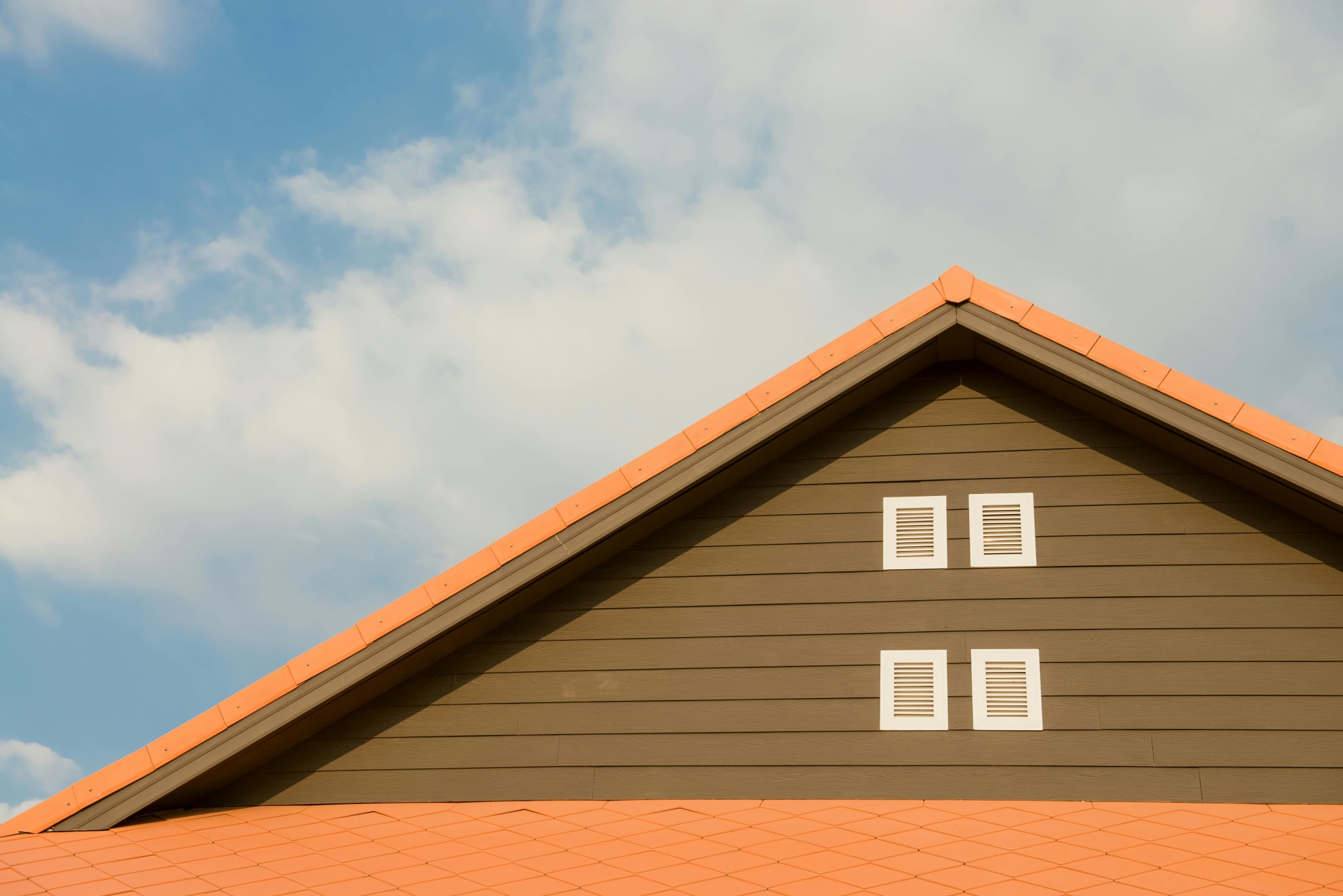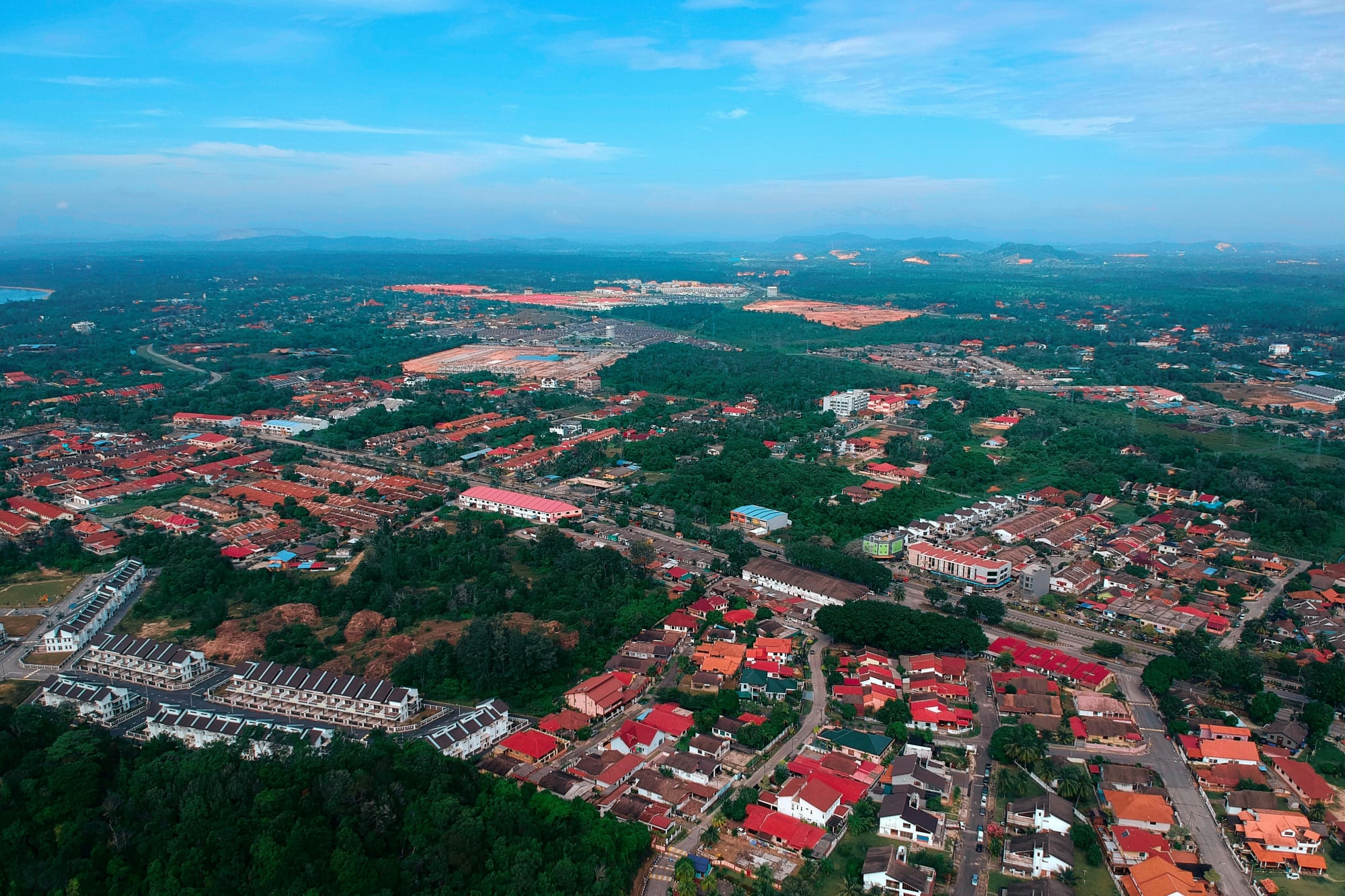Invest
Melbourne’s turning point: the 2025 playbook for investors—and the 2026 upside
Invest
Melbourne’s turning point: the 2025 playbook for investors—and the 2026 upside
After lagging other capitals, Melbourne is quietly moving off the floor. Prices have logged several consecutive months of growth, rental markets remain tight, and forecasts point to a sharper upswing in 2026 as interest rate pressure eases.
Melbourne’s turning point: the 2025 playbook for investors—and the 2026 upside
After lagging other capitals, Melbourne is quietly moving off the floor. Prices have logged several consecutive months of growth, rental markets remain tight, and forecasts point to a sharper upswing in 2026 as interest rate pressure eases.

For disciplined investors, this is less a speculative punt than a capital allocation opportunity shaped by cost of capital, scarcity and timing. Here’s the strategy, the risk map and the sub‑market logic to act with conviction.
Key implication: Melbourne’s underperformance has reset entry pricing while structural demand is firming. With modest gains expected in 2025 (+2.0% to +2.3%) and stronger momentum projected for 2026 (5.5% to 6.6% for houses), the risk/reward now skews towards selective accumulation—particularly in scarce, inner and middle‑ring stock that benefits most when credit loosens and migration stays elevated.
The market context: from stall to slow grind, then acceleration
After a period of softness, Melbourne dwelling values have notched four straight months of growth, signalling a sentiment turn that pre‑dates any Reserve Bank rate relief. Current medians for houses sit roughly in the $940,000–$983,000 band, offering a relative discount to Sydney and narrowing the affordability gap that has historically pulled capital south when cycles rotate.
Base‑case forecasts for 2025 are modest (+2.0% to +2.3%), but the consensus steepens in 2026. KPMG projects Melbourne to lead the capitals in that year, with house prices up 6.6% (adding roughly $64,900 to the median) and unit prices up 7.1 (over $43,000 uplift), citing rate normalisation, investor re‑entry and population growth. The mechanism is straightforward: lower discount rates raise present values, constrained supply amplifies the effect, and investor risk appetite returns.

Rental markets are already tight, with vacancy rates drifting near historical lows across many suburbs. Gross yields remain bifurcated—roughly ~3% for houses and ~4.5% for units—creating a yield‑spread argument for well‑located apartments and townhouses while still preserving the long‑run land‑led capital growth bias of houses.
Business impact: portfolio rebalancing and the cost of capital
For businesses and investors managing multi‑city exposures, Melbourne now merits a capital reweight. A simple portfolio lens—risk parity versus growth tilt—suggests a barbell: yield‑positive inner‑ and middle‑ring units to stabilise cash flow, paired with scarce‑land houses in supply‑constrained corridors to capture 2026 upside. The economics hinge on the cost of capital: if borrowing costs ease 50–75 bps over the next 12–18 months, interest coverage improves materially, and valuation sensitivity to cap‑rate compression increases.
Illustration (indicative only): a $950,000 house purchased with a 20% deposit at a 6.1% variable rate and a 3% gross yield produces a pre‑tax cash shortfall after costs. If the asset appreciates by KPMG’s 6.6% in 2026 (~$62,700 on this price), that equity gain can neutralise two years of negative carry—and renovation or rent optimisation can narrow the gap sooner. This is a classic “carry now for convexity later” trade.
Where the smart money is buying: scarcity, connectivity, liveability
Investors are quietly concentrating on inner and middle‑ring suburbs (roughly 5–20 km from the CBD) where three attributes intersect:
- Scarcity: period or character housing on well‑proportioned blocks; boutique low‑rise strata with limited future supply.
- Connectivity: proximity to train lines, tram corridors and employment centres; 20–30 minute commute thresholds hold their premium.
- Liveability: walkability to retail, parks, schools and healthcare—durable drivers of tenant demand and price resilience.
Practically, that translates into inner‑north and inner‑west corridors with gentrification tailwinds, select bayside pockets, and family‑oriented middle‑ring zones with sub‑1.5% rental vacancies. For units, the quiet edge sits in older, solid‑brick, low‑density blocks with parking, good owners‑corporation governance and manageable levies—avoiding high‑rise oversupply and building‑defect risk.
Technical deep dive: modelling cash flow, risk and upside
Professionalise the underwriting. Treat each asset like a mini P&L and balance sheet.
- Cash flow: model rental income with three scenarios (base, stress at –5%, upside at +5%) and expense lines that include land tax changes, insurance and maintenance inflation. Assume initial leasing downtime if renovations are planned.
- Capex: prioritise “rent accelerants” with payback <24 months—bedroom addition, kitchen/bathroom refresh, heating/cooling upgrades. Target +10–15% rental uplift for a $25k–$40k spend in the right micro‑market.
- Financing: align loan structure with asset strategy. Interest‑only periods can smooth near‑term carry; offset accounts deliver optionality; avoid breaching serviceability buffers if rates stay higher for longer.
- Compliance and build risk: order building and pest reports, review strata records in detail, and scan for combustible cladding or water ingress exposure. Be wary of lift‑equipped blocks with high sinking fund requirements.
- Exit and optionality: preference blocks with subdivision potential, rear‑lane access, or zoning that may benefit from densification policies—embedded options that markets typically reprice in late‑cycle phases.
Policy, supply and competition: reading the structural currents
Supply remains the swing factor. New dwelling approvals have been subdued while population growth and household formation are running ahead—conditions that tend to tighten rents and push prices once credit conditions ease. At the same time, holding costs have risen via taxes, insurance and compliance, which can pressure leveraged investors but also discourage forced selling and keep stock tight.
Expect greater competition for quality assets as investors re‑enter and first‑home buyers compete in the sub‑$1.2 million bracket. For businesses servicing the sector—conveyancers, trades, property managers—this translates into rising volumes in 2025 and a busier 2026, with renovation pipelines expanding as owners chase rent and valuation uplift.
Case in point: unit yield now, house growth later
Consider a two‑asset strategy:
- Asset A: $650,000 inner‑ring two‑bed unit, 4.6% gross yield. Modest $20,000 upgrade lifts rent by 8–10%, pushing net yield above borrowing costs as rates ease. Low volatility, strong tenant demand.
- Asset B: $1.05 million middle‑ring family house on 600 m² near rail. Negative carry in year one, but constrained land supply and improving borrowing capacity support a 2026 rerate. Even at the lower end of 2026 forecasts (5.5%), the capital gain (~$57,750) plus rental growth can offset early‑stage cash drag.
Blended, the portfolio’s cash profile is manageable and retains convexity to a 2026 upswing—an institutional technique scaled to private capital.
Risk map and mitigants
Three headline risks warrant respect:
- Slower‑than‑expected rate cuts: extend interest‑only periods, keep ≥6 months of expenses in offset, and purchase below intrinsic value to preserve optionality.
- Macro wobble (jobs or migration): prioritise suburbs with diverse employment bases and universities; avoid single‑industry reliance.
- Regulatory shifts (land tax, tenancy rules, short‑stay levies): build 50–100 bps into your expense cap and underwrite conservatively. Policy can change the carry, not the scarcity.
Outlook and actions: positioning for 2026 without overpaying in 2025
The playbook is measured, not manic. In 2025, accumulate selectively into dislocations and properties with fixable flaws; prefer off‑market and pre‑campaign purchases where possible. Focus due diligence on build integrity and micro‑market depth; do not compromise on transport access. As 2026 approaches, be prepared for cap‑rate compression in quality stock. If KPMG’s leadership call materialises—houses up 6.6%, units up 7.1%—early movers will have locked in stronger assets at 2025 prices and enjoy both income growth and valuation uplift.
In short: buy scarcity, engineer yield, respect carry, and let 2026 do the heavy lifting.

Property
Gen Z's secret weapon: Why their homebuying spree could flip Australia's housing market
A surprising share of younger Australians are preparing to buy despite affordability headwinds. One in three Gen Z Australians intend to purchase within a few years and 32 per cent say escaping rent ...Read more

Property
Tasmania’s pet-positive pivot: What landlords, BTR operators and insurers need to do now
Tasmania will soon require landlords to allow pets unless they can prove a valid reason to refuse. This is more than a tenancy tweak; it is a structural signal that the balance of power in rental ...Read more

Property
NSW underquoting crackdown: the compliance reset creating both cost and competitive edge
NSW is moving to sharply increase penalties for misleading price guides, including fines linked to agent commissions and maximum penalties up to $110,000. Behind the headlines sits a more ...Read more

Property
ANZ’s mortgage growth, profit slump: why volume without margin won’t pay the dividends
ANZ lifted home-lending volumes, yet profits fell under the weight of regulatory and restructuring costs—an object lesson in the futility of growth that doesn’t convert to margin and productivityRead more

Property
Rate pause, busy summer: where smart capital wins in Australia’s property market
With the Reserve Bank holding rates steady, the summer selling season arrives with rare predictability. Liquidity will lift, serviceability stops getting worse, and sentiment stabilises. The ...Read more

Property
The 2026 Suburb Thesis: A case study in turning trend lists into investable strategy
A new crop of ‘suburbs to watch’ is hitting headlines, but translating shortlist hype into bottom-line results requires more than a map and a mood. This case study shows how a disciplined, data-led ...Read more

Property
From signals to settlements: A case study in turning property insight into investable action
Investor confidence is rebuilding, first-home buyers are edging back, and governments are pushing supply — yet most property players still struggle to convert signals into decisive movesRead more

Property
Australia’s rental choke point: why record-low vacancies are now a boardroom issue
A tightening rental market is no longer just a housing story—it’s a macro risk, a labour challenge and a strategic opening for capital. With vacancies near historic lows and rents still rising, ...Read more

Property
Gen Z's secret weapon: Why their homebuying spree could flip Australia's housing market
A surprising share of younger Australians are preparing to buy despite affordability headwinds. One in three Gen Z Australians intend to purchase within a few years and 32 per cent say escaping rent ...Read more

Property
Tasmania’s pet-positive pivot: What landlords, BTR operators and insurers need to do now
Tasmania will soon require landlords to allow pets unless they can prove a valid reason to refuse. This is more than a tenancy tweak; it is a structural signal that the balance of power in rental ...Read more

Property
NSW underquoting crackdown: the compliance reset creating both cost and competitive edge
NSW is moving to sharply increase penalties for misleading price guides, including fines linked to agent commissions and maximum penalties up to $110,000. Behind the headlines sits a more ...Read more

Property
ANZ’s mortgage growth, profit slump: why volume without margin won’t pay the dividends
ANZ lifted home-lending volumes, yet profits fell under the weight of regulatory and restructuring costs—an object lesson in the futility of growth that doesn’t convert to margin and productivityRead more

Property
Rate pause, busy summer: where smart capital wins in Australia’s property market
With the Reserve Bank holding rates steady, the summer selling season arrives with rare predictability. Liquidity will lift, serviceability stops getting worse, and sentiment stabilises. The ...Read more

Property
The 2026 Suburb Thesis: A case study in turning trend lists into investable strategy
A new crop of ‘suburbs to watch’ is hitting headlines, but translating shortlist hype into bottom-line results requires more than a map and a mood. This case study shows how a disciplined, data-led ...Read more

Property
From signals to settlements: A case study in turning property insight into investable action
Investor confidence is rebuilding, first-home buyers are edging back, and governments are pushing supply — yet most property players still struggle to convert signals into decisive movesRead more

Property
Australia’s rental choke point: why record-low vacancies are now a boardroom issue
A tightening rental market is no longer just a housing story—it’s a macro risk, a labour challenge and a strategic opening for capital. With vacancies near historic lows and rents still rising, ...Read more








